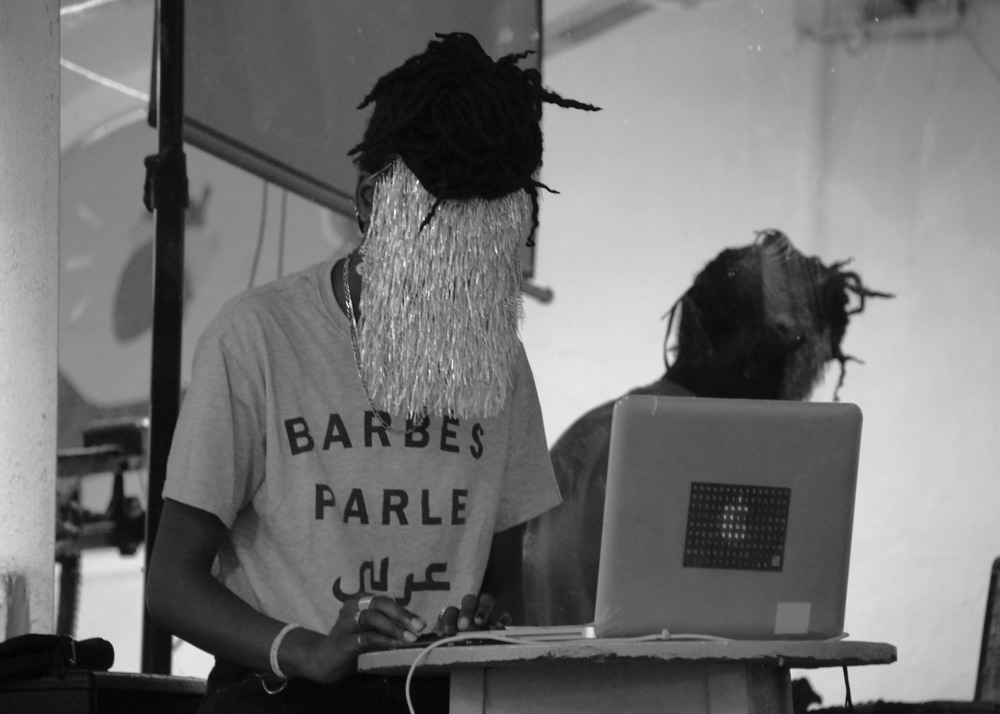
BLACK NARRATIVES : ART AS POETICAL AS POLITICAL
first performed on July 6, 2019
ISCTE - Lisbon University Institute for the Afroeuropeans 7th biennale Conference, Lisbon, Portugal
performed three times in 2019
FALLON MAYANJA
Portugal
923511498f923511498a923511498l923511498l923511498o923511498n923511498m923511498a923511498y923511498a923511498n923511498j923511498a923511498@923511498g923511498m923511498a923511498i923511498l923511498.923511498c923511498o923511498m
mayanjafallon.com
BLACK NARRATIVES : ART AS POETICAL AS POLITICAL
FALLON MAYANJA
In the form of diverse poetical narratives—video, poetry, music—“Black Narratives” presents a selection of counter-representational artistic works that lead us to question hegemonic ways of production. It is dialogue for those who produce art about their specific racial and ethnic realities and experiences.
Based on Maíra Zenun and Apolo De Carvalho’s panel at the 7th Biennial Afroeuropeans Network Conference, the lecture-performance addresses the multiple interstices between artistic and media expressions of the Black population. It understands these practices as spaces to give visibility to Black histories, experiences, culture, and antiracism. Art and media are seen as forms of knowledge and strategies of social transformation.
In the process of revelation, body politics and representations (in many forms) emerge. During “Black Narratives,” sound is society and voice is body.
The performer searches through internet images and information on various subjects. Black feminist protest, Black power movements, Queer representation and Black activists and Black artists (Arthur Jafa, Amilcar Cabral, Sunny Colon, Audre Lorde, and others).
In between the online google search the performer opens new tabs on YouTube, watching video clips and listening to music of Black artists working on representation. The music industry has been an important tool of Black representation. Music is both a comfort and resource space.
The audience is not only watching this video of Black archives, but also the performer wearing a silver mask.
While the pre-produced videos run, the performer manipulates audio samples activated and composed live. The sounds are of several voices talking and singing to each other, all taken from internet archives, political speeches, films, music videos etc. The use of sound samples questions the boundary between the spectator and the listener, between the visible and the audible. The performer connects with the audience through the video by writing texts that settle his thoughts and speech. The performance questions the body’s own materiality, it’s own legacy and visibility. Black is also broken into an acronym by the performer, linking it to other words (B. Border, L. Legitimacy, A. Appearance, C. Collective, K. Knowledge).